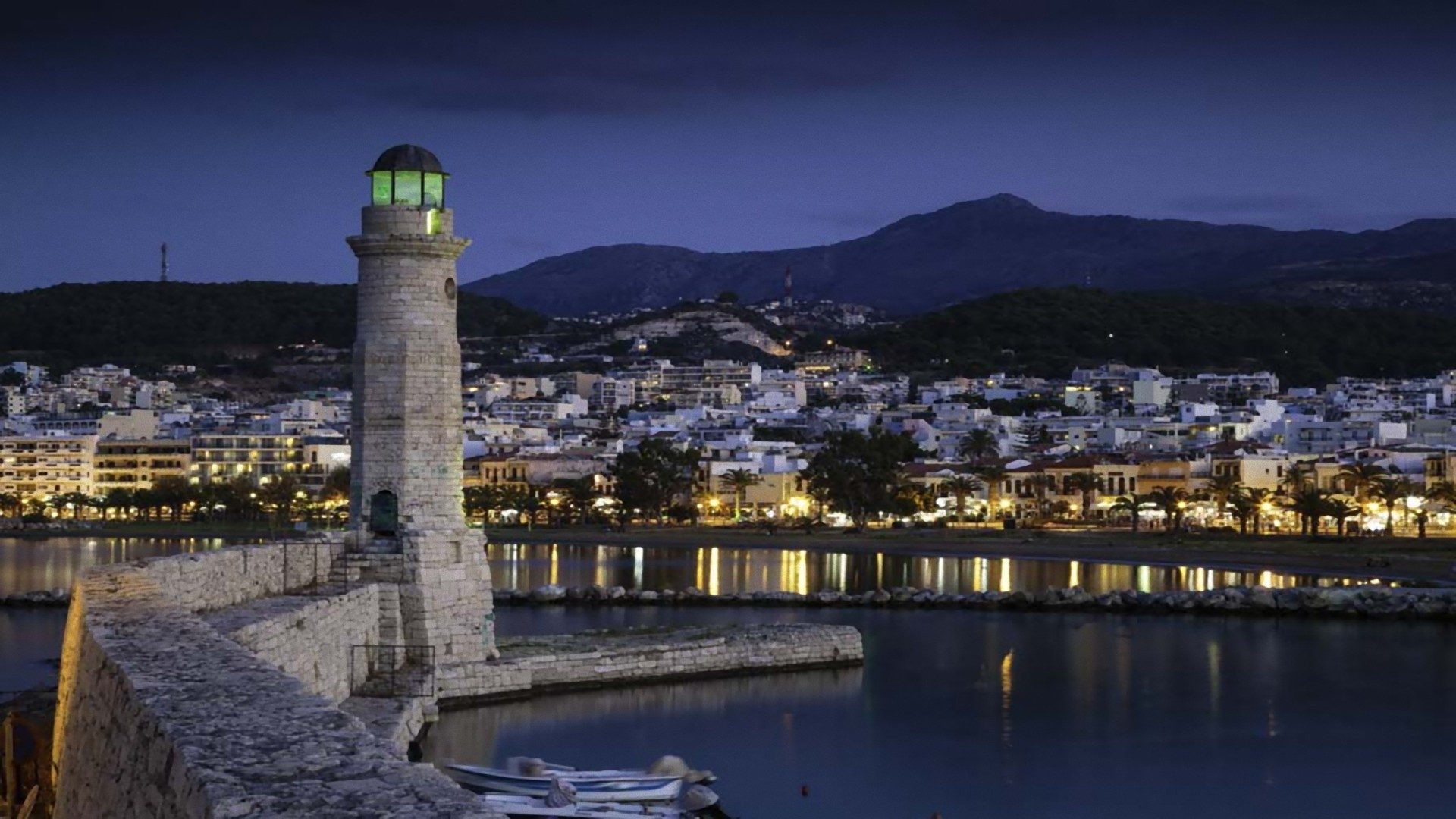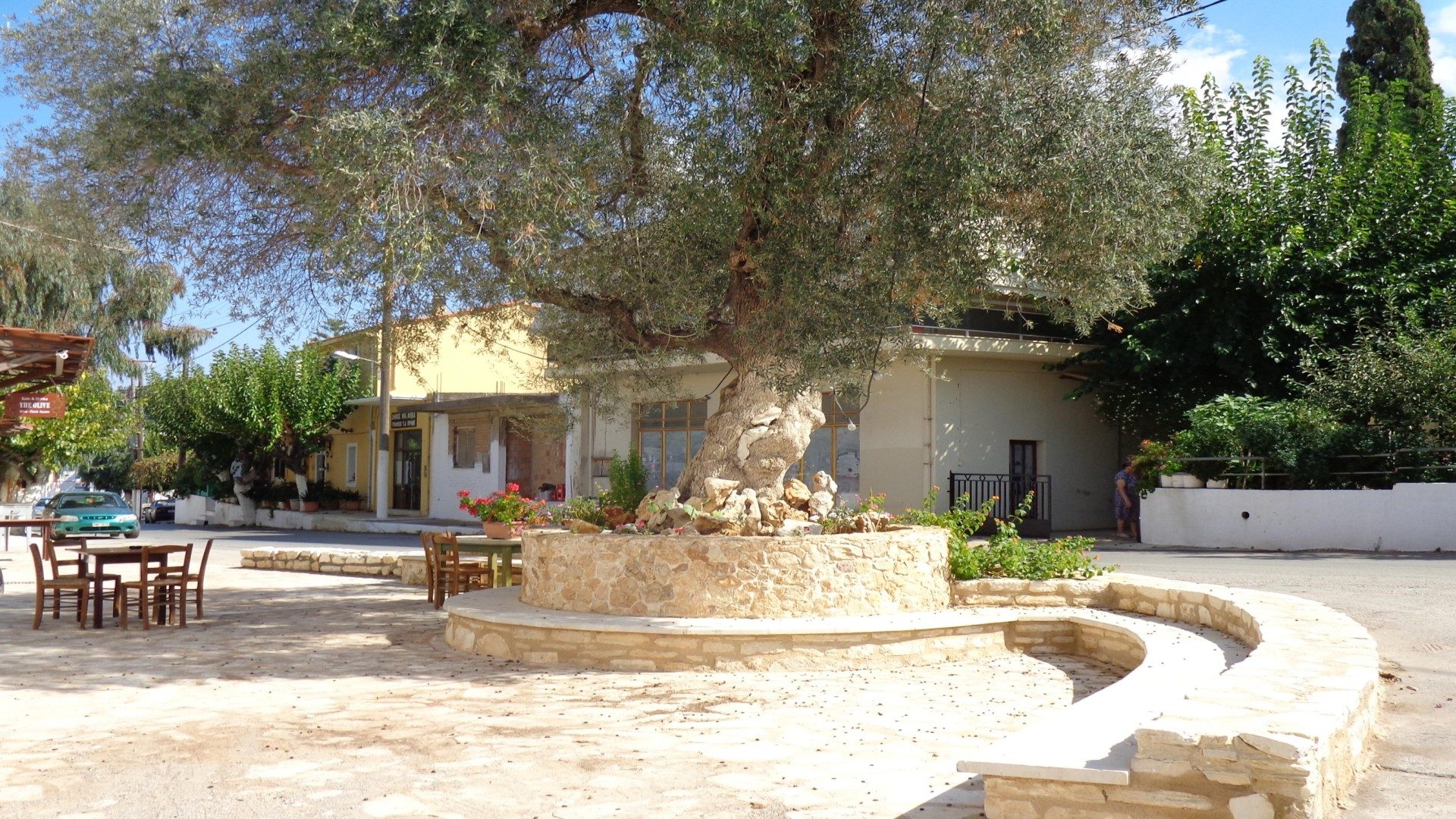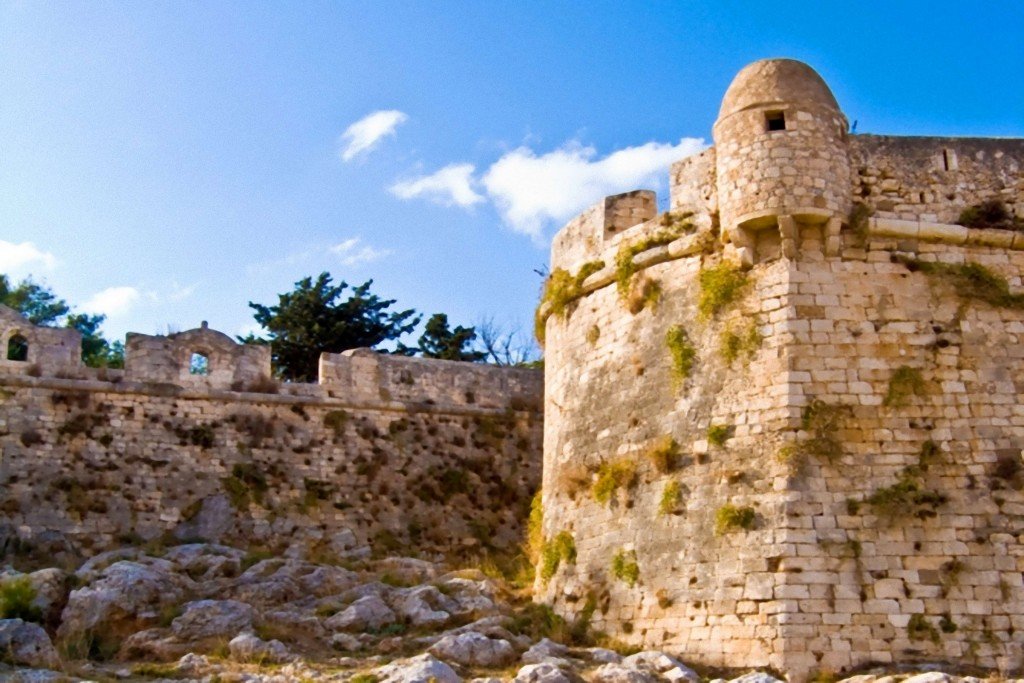Crete
The island of Crete is the largest island in Greece, with an exquisite 1,000-kilometer-long coastline dotted with numerous coves, bays and peninsulas, which afford a multitude of soft & sandy beaches along the beautifully blue in the Mediterranean Sea. Here you can admire the remnants of brilliant civilizations, explore impressive beaches and mountains capes, fertile valleys and steep gorges, and become part of the island’s rich gastronomic culture. Visitors claim that it’s a small universe teeming with beauties and treasures that you will probably need a lifetime to uncover! After all, Crete has established itself among the finest in the world, and is one of Europe’s most popular holiday destination.
The island’s historic importance in today’s world as the home of the Minoan civilization with important and famous archeological finds at Knossos, Phaistos and Gortyn – and numerous other less known – is proven by the tens of thousands of visitors to these sites each year. Mythology has it that it was in a cave of Crete where the goddess Rhea hid the newborn Zeus. In that cave, Zeus was brought up by the Nymphs while the demonic Kourites would strike their shields loudly so that Cronus may not hear the crying of the baby Zeus and eat it. It was also to Crete that Zeus, disguised as a bull, took Europa so that they may enjoy their love together. Their union produced a son – Minos – who ruled Crete and turned it into a mighty island empire of the seas.
Around 1450-1400 BC the Minoan civilization was successively devastated possibly due to the eruption of the volcano of Thera in Santorini and was eventually led to its decline. In the wake of the devastation the Dorians arrived to settle on the island, later followed by the Romans. After the Roman rule, Crete becomes a province of Byzantium until the arrival of the Arabs who occupied the island for an entire century (824-961 AC). During the Arab domination, Crete became the lair of pirates who were based out of Chandakas, present day Heraklion. Next, Crete fell under Byzantine rule again until the arrival of the Venetians who occupied the island for approximately five centuries leaving their stamp on the island’s culture. After the fall of Chandakas in 1669, the Turkish occupation took place. At the end of the 19th century Turkish rule came to an end. The Cretan state was created in 1913, and Crete was finally joined officially with Greece.




